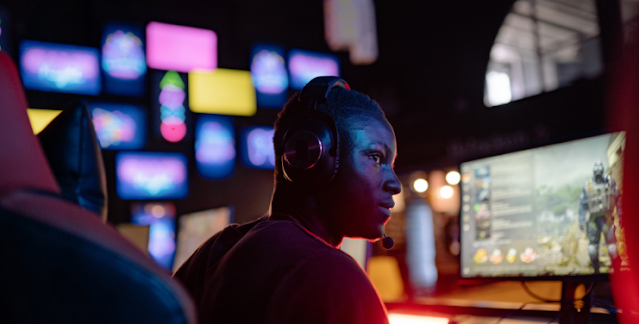Rising Focus on Developing Immersive Environments to Diagnose and Treat Neurological Disorders to Fuel Neurological Game Technology Market Growth
Neurological game technology refers to gaming
technology that leverages brain-computer interface (BCI) such as EEG to enable
users to communicate with the game without need for a controller. The
technology can be used a novel and engaging type of gameplay and is currently
in the nascent stage of development. Neurogaming has significant applications
in treatment of brain disorders such as PTSD and ADHD. Alongside healthcare
industry, neurogaming technologies also have potential in various other sectors
such as defense, sports, and education. Neurological game technology is an
unexplored niche with several investment and business opportunities in the
area.
Neurological
game technology applies neuroscience knowledge to the world of gaming and
uses brain-computer interface to control games using only electric activity of
the brain. The neurophysiological recording is done in a non-invasive manner
using electrodes that are placed on the scalp in a technique known as
electroencephalogram (EEG). The first game was introduced in 2005 and since
then numerous games have been introduced in the market. Studies have shown
brain-controlled games play a significant role in improving cognitive ability
and working memory. Neurogaming technology also contributes to significant
advances in medical sector and can facilitate diagnosis, treatment, and
rehabilitation of neurological pathologies and disorders. Over the recent past,
advanced in neurotech have led to the development of games that assist in
treatment of neurodegenerative disorders such as Parkinson’s, Alzheimer’s,
hyperactivity disorders, attention deficits, and spinal cord injury, among
others. In addition, these games can be presented on virtual reality (VR)
platforms to enhance immersive experience and interactivity. This makes it
possible to assess the effect of immersive experience on interaction and
modification of brain activity in real-time.
In September 2020, California-based BrainLeap
Technologies introduced a new-research backed video game for kids with attention
deficit/hyperactivity disorder (ADHD) and broader attention issues to improve
their critical cognitive functions such as focus, concentration, memory, and
self-control. The company launched a platform called Attention Arcade, which
comprises six games that kids can control through just their eyes. Leveraging
eye-tracking tech, the games run a wide range of features from steering a space
ship in Space Race to guiding a butterfly down a path. During the building of
the platform, the co-founder worked at the University of California and through
the research that was funded by National Institute of Health, a clinical trial
suggested BrainLeap’s games brought about 68% improvement in fast and accurate
attention shifts, a 55% increase in focusing attention, and a 30% improvement
in overall focus in ADHD patients aged 9 to 25 years.
Major companies doing innovative things in the neurological
game technology sector includes EMOTIV, Inc., Smart Eye AB., Qneuro Inc.,
Bit & Brain Technologies S.L., Ultraleap Ltd., EON Reality Inc., Magic
Leap, Inc., Leap Motion, Inc., Niantic, Inc., and Neuralink Corporation. In
December 2020, neurological start-up Neo-Fi Studious announced its successful
participation in the Web Submit and announced innovative projects. Neo-Fi Studios
aims to expand the scope of the revolutionary field of neuro-VR and
neuro-gaming by combining VR experiences inclusive of educational and social
components with EEG input technology to create fully immersive and
participatory experiences. Neo-Fi Studios has been selected as one of the most
promising Eastern European VR start-ups and has expertise gathered from Europe,
Asia, and North America.

Comments
Post a Comment